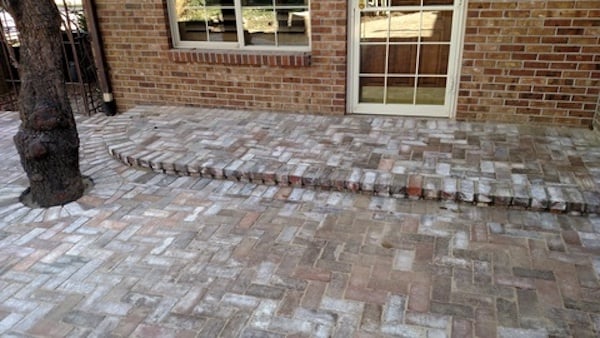
Used brick is fast becoming a popular building material for homeowners looking for that antiquated, time-worn brick look on everything from homes to gates to arches and patios. Salvaged from old buildings and streets, these turn-of-the-century bricks and brick pavers provide your home with all the charm, character and originality of one hundred year old brick construction.
They Don’t Make ‘Em Like That Anymore
To be honest, bricks have pretty much been made the same way for thousands of years now. All it takes is clay, fire and water. The difference between modern brick construction and salvaged brick is in the automation. Bricks made at the turn of the century were more often than not made by hand instead of pumped out by machines, giving each brick a less finished and more individual appearance. It is this distinctiveness in each brick that attracts homeowners to use them for everything from constructing walls to building patios. If you’ve ever passed by a hundred-year-old brick building and stopped to admire the variations in color, texture and character, you understand why these recycled bricks are fast gaining popularity.
Oldies but Goodies
Despite being up to hundred or more years old, salvaged brick is just as strong and construction worthy as newer brick. If you have any questions about the longevity of brick, consider that The Great Wall of China, built around 200 B.C., is constructed of 3,873,000,000 bricks and doesn’t look to be coming down any time soon. Knowing that, building with seventy to a hundred year old bricks doesn’t seem like too much of a stretch. In fact, brick is an excellent insulator, lasts for generations, and is an incredibly strong building material when laid correctly. The only caution with building with salvaged brick is if you live in colder areas of the country, as some older brick will break down under harsh freeze/thaw conditions. Best to check with a mason or bricklayer
Street Pavers
Besides recycled brick, salvaged street pavers are also gaining rise in popularity, especially for use in patios and walkways. Common at the beginning of the 20th century for building streets and roads, these brick-like pavers are generally tougher and more durable than brick for uses such as patios and walkways, since they were originally manufactured to take the wear and tear of street traffic. Like brick, they add an antiquated, traditional touch to any outdoor area.
Ready to start your used brick project?
Find ProsBricks as a Green Building Material
On a final note, using used brick on a construction project is an environmentally-friendly building strategy. First and foremost you’ll be using a recycled material, minimizing the need for new production and all the environmental hazards that come along with it. From a mining and production standpoint, even new brick is one of the most low impact materials to pull out of the earth as clay mining is relatively eco-friendly enterprise. And, as mentioned before, brick is an excellent insulator, saving the homeowner on heating and cooling costs wherever it’s used. Add to these benefits the antique look and character that comes from building with used brick and it’s clear why many homeowners are choosing salvaged brick for their building needs.
People don’t usually think cost-effective when they think green building. So, how much will a pallet of bricks cost? Clay bricks are actually your best option for eco-friendliness. A pallet of these will cost about $300 – $700.
While not the cheapest building material for home siding or in-home renovations, the resiliency of used brick outweighs the cost of installation. Compare brick vs stone cost using our True Cost Guide.
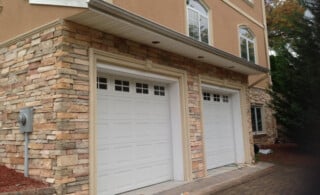 Masonry Options – Brick, Stone, and More
Masonry Options – Brick, Stone, and More 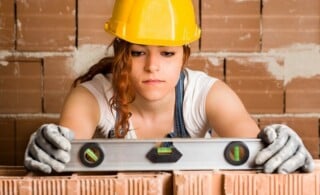 How to Find & Hire a Masonry Contractor
How to Find & Hire a Masonry Contractor 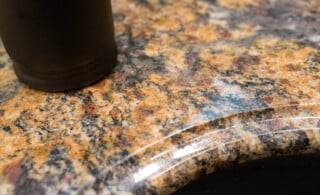 Stone & Granite Fabricators
Stone & Granite Fabricators 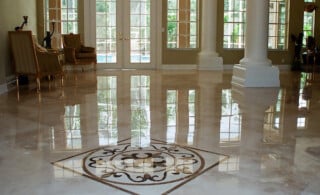 Marble Floors: Elegant but Not Exclusive
Marble Floors: Elegant but Not Exclusive 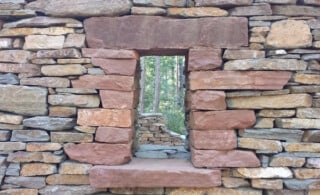 Dry Stack Stone Walls Create a Rustic Look for Your Yard or Garden
Dry Stack Stone Walls Create a Rustic Look for Your Yard or Garden 

About how many bricks to a pallet?